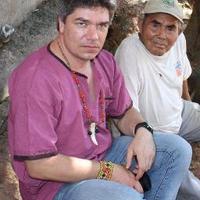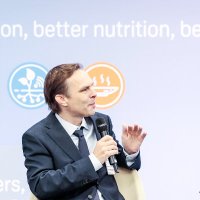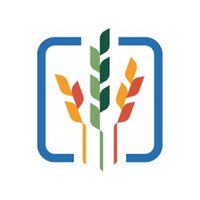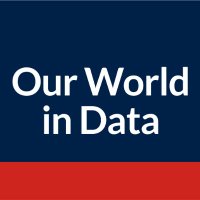
AgroBioDiverse
@agrobiodiverse
Luigi Guarino & Jeremy Cherfas on crops, livestock, bugs, food, drink... See also Agricultural Biodiversity Weblog ☕️🍺🍠🍌🥑🍆🌶️🌽 🌻🍏 Views our own
ID: 14431633
http://agro.biodiver.se 18-04-2008 10:07:55
124,124K Tweet
11,11K Followers
1,1K Following





Now out in Nature nature.com/articles/s4159… and thanks to Kai Sonder I was able to mashup with wild accession #genebank data from Genesys PGR


COFFEE: WHO GROWS THE WORLD’S FAVORITE COMMODITY Coffee is more than a beverage—it’s a multi billion dollar global trade flow as a key soft commodity,its production map reveals strategic markets that drive both supply chains and trading opportunities Global trends International Coffee Organization (ICO)





















